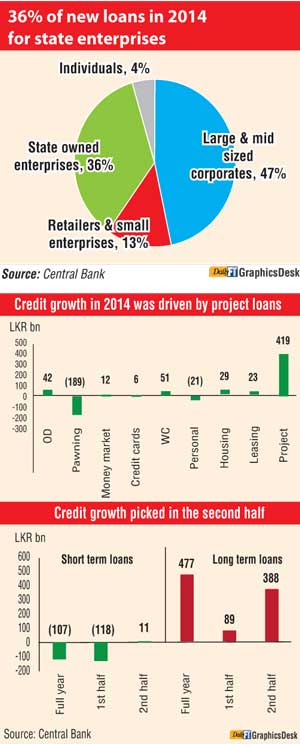June 17, 2015 (LBO) – Sri Lanka’s three and six month treasury bill yields close flat at Wednesday’s auction with the twelve month yield down by one basis point, data from the state debt office showed.
3-month yield was unchanged at 6.08 percent with 14,905 million rupees were accepted from 21,185 million rupees of bids.
6-month yield was unchanged at 6.18 percent after 6,737 million rupees were accepted from 19,727 million rupees.
12-month yield was dropped by one basis point to 6.28 percent with 3,225 million rupees were accepted from 17,075 million rupees of bids.
It was decided to accept 24,867 million rupees from the whole auction that received 57,987 million rupees of bids.
3-month yield was unchanged at 6.08 percent with 14,905 million rupees were accepted from 21,185 million rupees of bids.
6-month yield was unchanged at 6.18 percent after 6,737 million rupees were accepted from 19,727 million rupees.
12-month yield was dropped by one basis point to 6.28 percent with 3,225 million rupees were accepted from 17,075 million rupees of bids.
It was decided to accept 24,867 million rupees from the whole auction that received 57,987 million rupees of bids.

